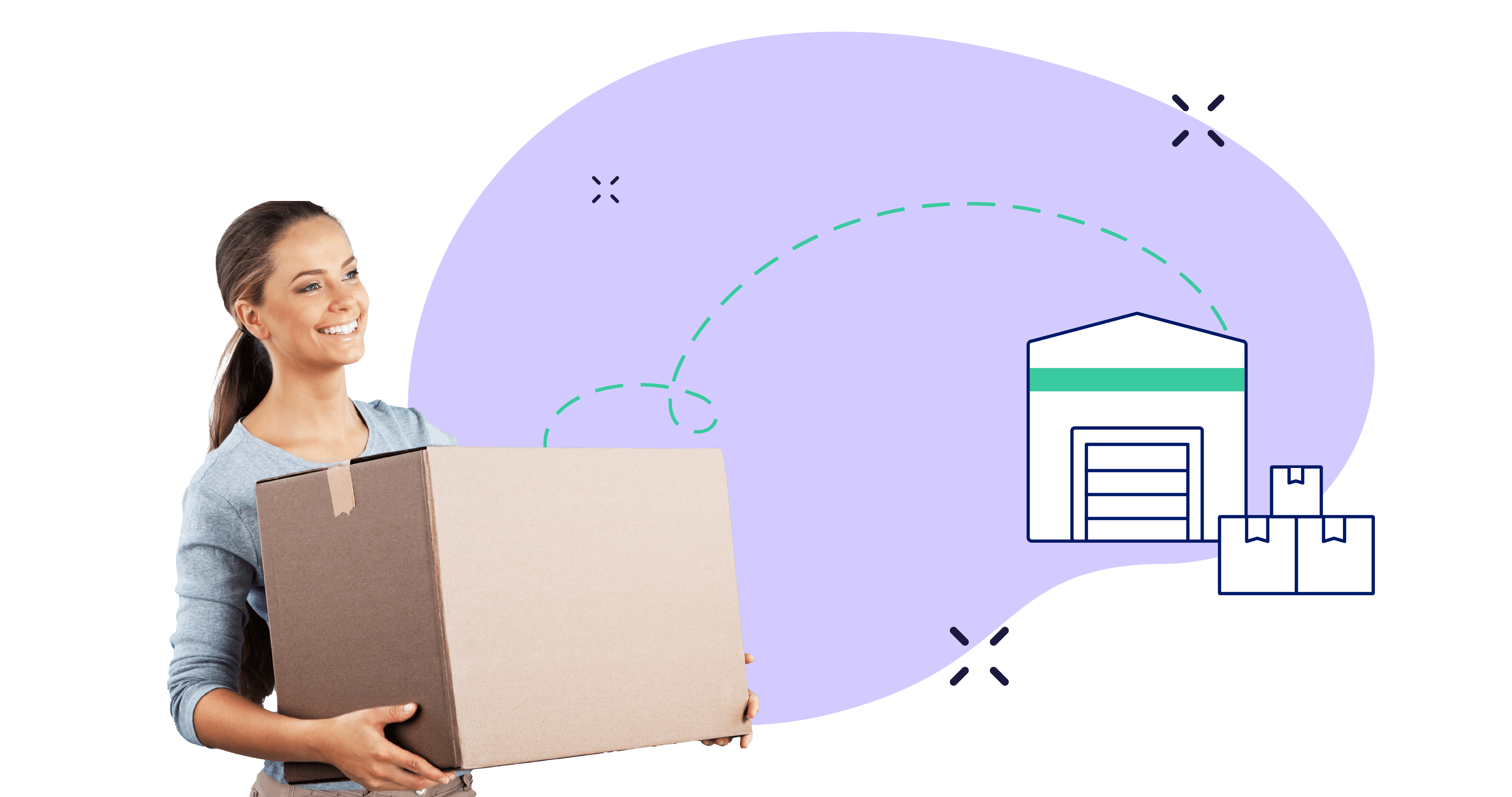As ecommerce, retail and dropshipping channels continue to grow across the U.S., the complexity of the logistics involved grow, too. Partnering with a 3PL provider can help improve efficiency, control costs and ensure ever-evolving customer expectations are met and even exceeded. Handing the task of managing logistics over to a 3PL partner allows you to focus on innovation, growth and other core business competencies. Here are a few things to look for when searching for one in the U.S.
The rise of returns
Return rates in traditional brick-and-mortar stores are relatively low — under 10 percent — which makes sense because shoppers are able to touch, try on, and assess products before purchasing them. However, ecommerce return rates are estimated to be nearly 30% in some categories and are on the rise due to the popularity of customer-friendly return policies (and the push to shop online vs. in-store).
According to Narvar, due to the historic rise in ecommerce sales caused by the COVID-19 pandemic, online returns grew 70% YOY in 2020. Shoppers are returning more than twice as many items than before the pandemic. Reuters stated that UPS estimated it processed 1.9 million Christmas returns for U.S. retailers on National Returns Day in 2020, equating to a 26% YOY increase. The value of returned items during the holiday season alone reached $70.5 billion, a 35.8% increase over the prior holiday season.
Ultimately, given the high rate of ecommerce returns, online brands and retailers are exploring how to transform returns into a business opportunity and doing so requires reevaluating traditional reverse logistics operations.
If they’re happy, then you’ll know it (they’ll buy more)
These days, online shoppers are demanding that everything be easier, cheaper and faster. Invespcro estimates that 70% of online shoppers make purchasing decisions based on the return policy, and 92% will buy something again if returns are easy. In fact, 60% of online shoppers expect their returns to be handled and executed within seven days of shipping the item back to the retailer.
The power of a customer-friendly returns policy and process is huge when it comes to sales — it extends feelings of trust and concern for customer satisfaction that are otherwise hard to convey virtually. A successfully-executed customer experience drives brand loyalty, inspires repeat purchases and helps a brand gain promoters.
One way retailers are making their returns processes more appealing is through omni-channel returns. By allowing customers to order online and offering various options for completing returns, customers get the advantage of choosing the method most convenient to them. Pop-up return locations, in-store returns, partnering with carriers to offer pre-paid return labels within a purchase, the option to drop-off at carrier hubs where labels can be printed or QR codes can be scanned, and even doorstep pickup are a handful of the many choices consumers may encounter these days.
Happy Returns is a company powering multiple return channels. They allow for flexible return options to meet the expansive needs of consumers and offer box-free, in-person returns through one of their 2,600+ Return Bars. Shoppers simply visit one of their retail partners’ stores (which is where many Return Bars are located), then use a QR code to initiate a return. Shipwire’s partnership with Happy Returns creates an easy and seamless return process for shoppers, minimizes costs and limits the overall impact on the supply chain. Happy Returns equates to happy customers.
Seize the moment to sell, sell, sell
Since returns require that shoppers interact with a brand, brands can leverage the opportunity to promote more sales. Much like handling returns in-store (during which time shoppers may walk past a store aisle or approach a counter where more products are on display), initiating an online return places customers back into a virtual environment where they can be offered more deals. In summary, while free returns beget higher volumes of returns, they also encourage more sales.
Balancing customer appeal with business needs
While every business wants to create happy customers, it’s only natural (and responsible) to be concerned about the cost of making returns easy. There is a price for everything, and if your customers are getting “free” returns, you’re paying for them. Fortunately, you have some options.
By setting boundaries and only offering free return shipping on purchases over a designated threshold, you can effectively motivate larger sales to balance the cost of return shipping. You can also bake the cost of returns into your retail prices. By offering free in-store returns, you cut out the cost of transportation on ecommerce orders (which is expensive and imposes a larger environmental impact). By consolidating returns in-store, products can be shipped to specific returns facilities in reusable containers, instead of being shipped in individual packages. There are many options to cut those costs of returns while also making smart business decisions!
Behind the scenes
From a logistics perspective, managing returns requires the ability to sync inventory levels across all warehouses and seller platforms. It also opens up the opportunity to consolidate products that require refurbishment, process them as needed and resell them through other channels.
Effective ecommerce returns management requires real-time synchronization of inventory and order management, and the ability for a customer service agent to identify when a return has been received into a warehouse and/or when a replacement order has shipped. Technology plays a big role in the process, especially with regard to omni-channel fulfillment and reverse logistics.
Partnering with 3PL partners that operate in your geographic area and offer complete logistics solutions, including returns management and efficient warehouse management systems, is key to your success. Smart brands and retailers are taking steps to make returns a business opportunity and if returns, forward, or reverse logistics are a pain point for your business, check out the solutions Shipwire has to offer.



